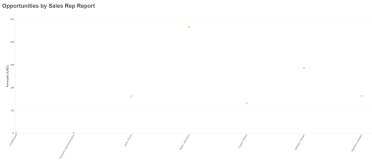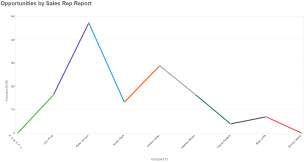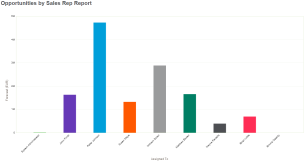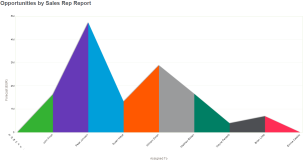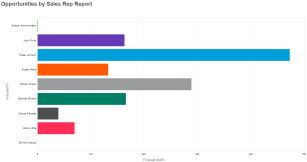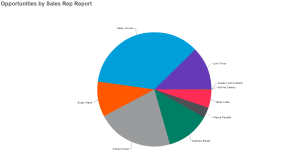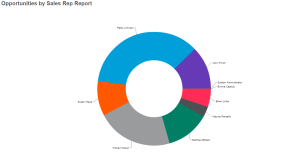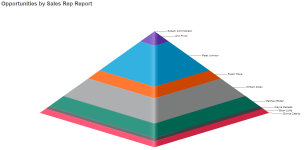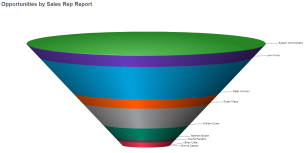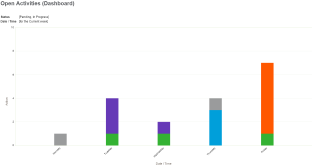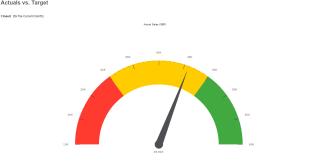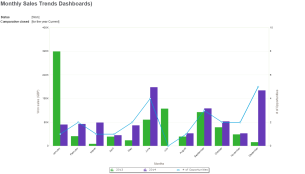Charts
|
Chart Style |
Example |
|---|---|
|
Point
|
|
|
FastLine, Line Data is displayed as a series of data points connected by straight line segments. A FastLine chart is a type of line chart with a very large number of data points. |
|
|
Bar Data is grouped and represented by vertical rectangular bars whose lengths are proportional to the values they represent. |
|
|
Area
|
|
|
HBar Data is grouped and represented by horizontal rectangular bars whose lengths are proportional to the values they represent. |
|
|
Pie
|
|
|
Doughnut Data is represented as slices of a circle, with a hole in the center, to show the relationships of parts to a whole. The arc length, central angle, and area of each slice are proportional to the quantity of data that the slice represents. |
|
|
Pyramid
|
|
|
Funnel Data is grouped and represented as stacked sections of a funnel to show the hierarchy and quantity of data. |
|
|
Stacked Bars are stacked on top of each other to display grouped data. It provides a wider view of data than a regular bar chart. A stacked chart is useful in an Open Activities activity report to show several actions that occurred on a particular day or date.
|
|
|
Gauge Partitions on the chart indicate three ranges in relation to a target value; below, approaching, exceeded. The gauge needle indicates the current value. A gauge chart is useful in an Actual vs Target sales report to show how your actual sales compare to your forecasted sales for a particular period. You could also use a gauge chart in a customer service report to show how you're performing against your SLA target. For an example of using a gauge chart, see Adding a gauge chart to a sales report. |
|
|
Combination A bar chart indicates one set of data and a line chart indicates another set of data so you can get a wider view of results in one place. A combination chart is useful in a Monthly Sales Trends report to show information such as the revenue earned from sales and the number of sales that were closed in a particular period. You could also use a combination chart in a customer service report to show the number of cases opened compared to the number of cases closed in the system for the current year. For an example of using a combination chart, see Adding a combination chart to a customer service report. |
